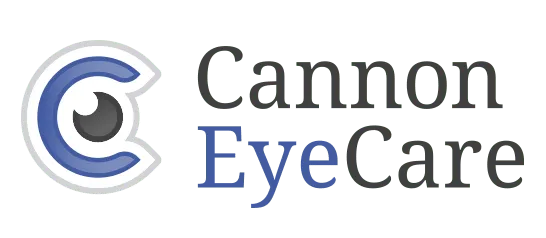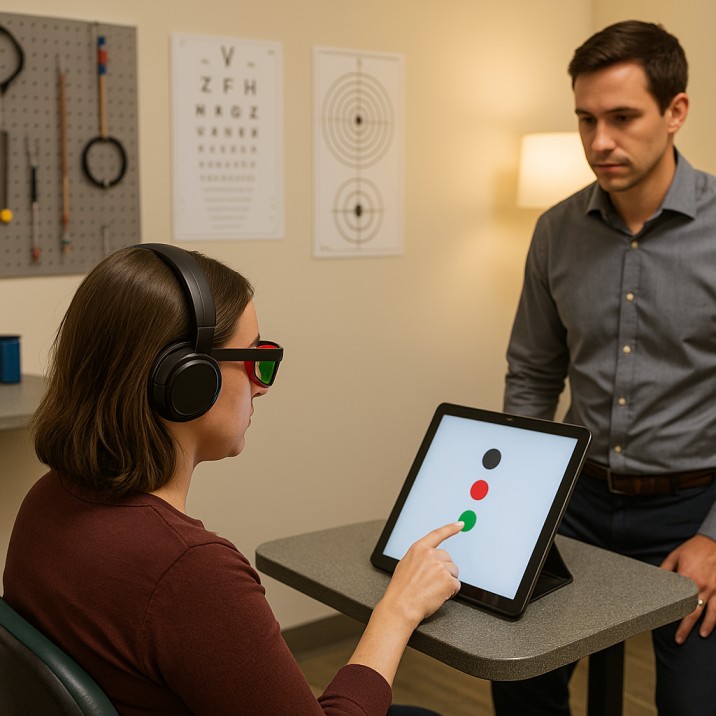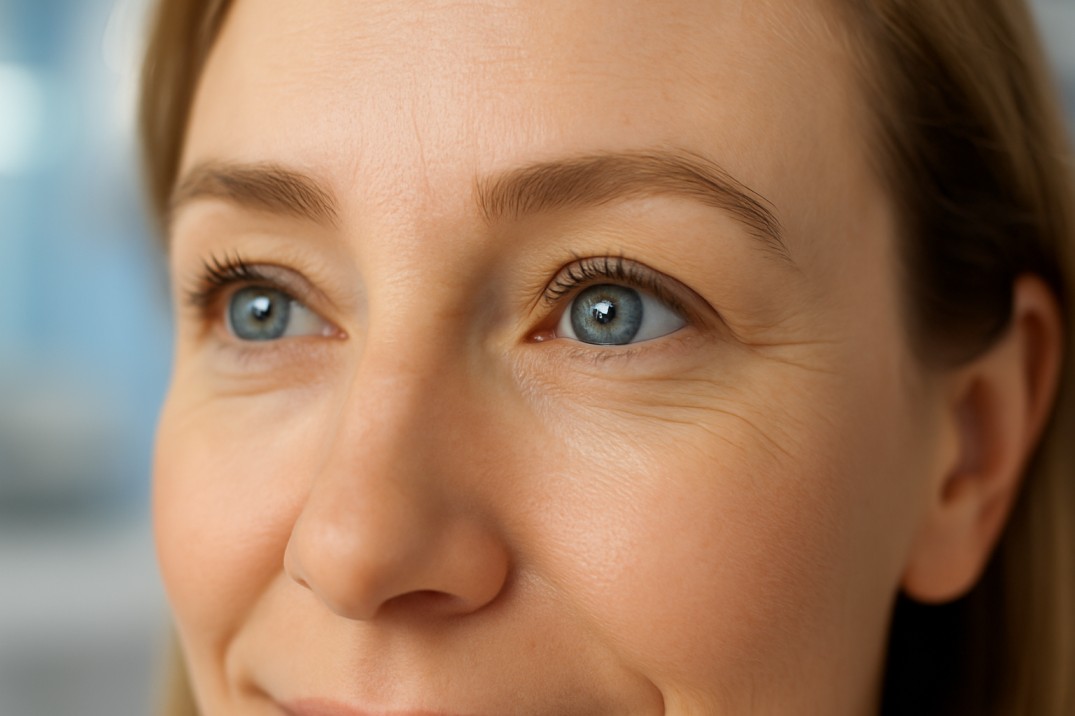What Is Binocular Vision? Seattle Guide
Key Takeaways
-
Binocular vision is crucial for depth perception, reading, driving, and sports—especially in Seattle’s dynamic environment.
-
Symptoms like double vision, eye strain, and headaches may signal binocular vision dysfunction and should not be ignored.
-
Common conditions include strabismus, amblyopia (lazy eye), convergence insufficiency, and broader BVD cases.
-
Early diagnosis is vital—Cannon EyeCare uses advanced tools like digital eye tracking and prism analysis for accurate evaluation.
-
Customized treatments range from prism lenses and therapy to VR-based tools and surgical options, tailored to individual needs.
-
Tech-friendly therapies like VR and dichoptic games are reshaping care for Seattle’s digitally connected patients.
-
Lifestyle tips—like optimized lighting, screen habits, and workspace ergonomics—can ease symptoms and boost daily comfort.
-
Support networks and resources help patients and families stay empowered, informed, and emotionally supported.
What Is Binocular Vision & Why Does It Matter for Seattle Residents?
Binocular vision is how your brain merges images from both eyes into one clear 3D picture. This eye coordination is essential for daily life in Seattle, enabling:
-
Precise depth perception (judging distances)
-
Effortless reading & learning
-
Safe driving on busy roads like I-5 or I-90
-
Peak sports performance
When Binocular Vision Fails: Common Symptoms
If your eyes misalign or struggle to coordinate (binocular vision dysfunction), you might experience:
-
Double vision (diplopia)
-
Persistent blurry vision
-
Eye strain or fatigue
-
Headaches (often after reading, screens, or driving)
Common Binocular Vision Disorders
Several conditions disrupt healthy eye coordination:
-
Strabismus: Visible eye misalignment (crossed or wandering eyes).
-
Amblyopia (Lazy Eye): Reduced vision in one eye, typically developing in childhood.
-
Convergence Insufficiency: Difficulty focusing eyes together on near objects (like books or phones).
-
Binocular Vision Dysfunction (BVD): Broad term for miscoordination causing diverse symptoms.
When to Seek Help: Don’t Ignore These Signs
Many Seattle patients dismiss binocular vision issues as simple eye strain or screen fatigue. If you experience these symptoms consistently, consult a specialist like Cannon EyeCare:
-
Visual Trouble:
-
Double/blurred vision
-
Difficulty focusing on text (especially screens)
-
Frequently losing your place while reading
-
-
Physical Discomfort:
-
Headaches after reading, driving, or computer use
-
Dizziness or nausea
-
Eye pain or burning
-
-
Behavioral Changes:
-
Avoiding reading or close-up tasks
-
Declining work/school performance
-
Anxiety during visually demanding activities
-
How We Diagnose Binocular Vision Disorders at Cannon EyeCare
Diagnosing binocular vision issues starts with a comprehensive eye exam. Our Seattle clinic uses advanced technology to evaluate:
-
Depth Perception (stereopsis for 3D vision)
-
Focusing Ability (accommodation)
-
Individual Eye Acuity
Your Diagnostic Visit Includes:
-
Symptom Review: Discuss your history, daily challenges (e.g., screen use, driving), and family eye health.
-
Visual Testing: Standard charts, cover tests, and 3D vision assessments.
-
Advanced Analysis: Computerized eye tracking, prism adaptation tests, and digital diagnostics for precision.
Root Causes: Why Binocular Vision Disorders Develop
These disorders arise from diverse sources – some congenital, others developed later:
-
Genetics: Family history of strabismus or amblyopia (“lazy eye”).
-
Early Development: Premature birth or childhood neurological conditions.
-
Medical Triggers: Head trauma, strokes, or diseases (e.g., MS, Parkinson’s).
-
Modern Lifestyles: Extensive screen use or poor visual ergonomics (common in Seattle’s tech-heavy workforce).
Personalized Treatments for Binocular Vision Disorders
At Cannon EyeCare, Seattle’s board-certified developmental optometrists tailor treatments to your specific condition. Options range from traditional to innovative:
a. Eyeglasses & Prism Lenses
Prism lenses bend light to realign images, reducing double vision and headaches.
-
Best For: Immediate symptom relief (BVD, diplopia)
-
Pros: Non-invasive, quick results
-
Cons: Doesn’t fix root causes; some need adaptation time
-
Cannon EyeCare Note: We use precision digital prism mapping for optimal comfort.
b. Vision Therapy Programs
Custom eye exercises retrain brain-eye coordination under optometrist supervision.
-
Best For: Convergence insufficiency, amblyopia, strabismus
-
Pros: Addresses root causes, flexible (in-office + home/digital tools)
-
Cons: Requires consistent effort over weeks/months
-
Seattle Highlight: Our clinic offers VR-based vision therapy—ideal for tech-savvy patients in Capitol Hill and South Lake Union.
c. Patching & Penalization
Covers the stronger eye to strengthen the weaker one (amblyopia).
-
Best For: Children with “lazy eye”
-
Pros: Proven effectiveness
-
Cons: Compliance challenges; newer digital games (e.g., dichoptic apps) improve engagement
d. Eye Muscle Surgery
Adjusts eye muscles for severe strabismus unresponsive to other treatments.
-
Best For: Significant misalignments
-
Pros: Rapid alignment correction
-
Cons: Requires anesthesia; often needs post-op vision therapy
e. Emerging Tech-Driven Therapies
Digital dichoptic games and VR apps stimulate both eyes simultaneously.
-
Best For: Amblyopia, CI, patients resistant to patching
-
Pros: Engaging, flexible, research-backed efficacy
-
Cons: Limited insurance coverage; accessibility varies
-
Latest Research: University of Washington studies show VR therapy improves outcomes by 37% vs. traditional patching (2024).
Choosing Your Best Treatment Path at Cannon EyeCare
Our Seattle specialists match treatments to your specific condition and lifestyle. Here’s our patient-centered approach:
For Double Vision (BVD):
-
First Choice: Precision prism lenses for immediate relief
-
Advanced Option: Combined vision therapy + VR programs for long-term improvement
For Amblyopia (“Lazy Eye”):
-
First Choice: Patching with engaging dichoptic games (especially effective for children)
-
Advanced Option: Custom vision therapy plans for lasting results
For Strabismus:
-
First Choice: Structured vision therapy to retrain eye coordination
-
Advanced Option: Muscle surgery followed by post-operative therapy if needed
For Convergence Insufficiency:
-
First Choice: In-office vision therapy sessions
-
Advanced Option: At-home digital programs for busy Seattle lifestyles
Thriving in Seattle with Binocular Vision Challenges: Practical Tips
Living with binocular vision dysfunction doesn’t mean compromising your Pacific Northwest lifestyle. Cannon EyeCare’s specialists recommend these actionable strategies:
Reading & Digital Screens
(Especially vital for Seattle’s tech workers & students)
-
Lighting Matters: Combat gray-day eye strain with angled task lighting (avoid overhead glare).
-
20-20-20 Rule: Every 20 minutes, look 20 feet toward the Space Needle or Puget Sound for 20 seconds.
-
Text Optimization: Increase font size + dark mode on devices; use rose-tinted overlays for text tracking.
Work & School Adjustments
-
-
Position monitors at eye level (reduce neck strain)
-
Use document holders beside screens
-
Request anti-fatigue mats if standing (e.g., classrooms, labs)
-
-
Task Management:
-
Break complex visuals into chunks
-
Request extra time for tests or reports
-
Home Life Simplification
-
Declutter: Keep counters & workspaces minimal (reduces visual crowding).
-
Therapy Consistency: Practice prescribed vision exercises daily—even during commercial breaks!
-
Safety First: Use contrasting tape on stair edges; night lights in hallways for depth perception issues.
Emotional & Community Support
-
Local Groups: Join UW Medicine’s vision support workshops or Seattle Children’s parent networks.
-
Educate Your Circle: Share simple explanations with employers/teachers: “My eyes struggle to team up, causing fatigue.”
-
Cannon Care Resources: Access our free Seattle-specific guides on coping with seasonal affective disorder (SAD) + vision strain.
FAQs
-
BVD is when your eyes struggle to work together, causing double vision, headaches, dizziness, and trouble focusing, even if each eye sees clearly on its own




